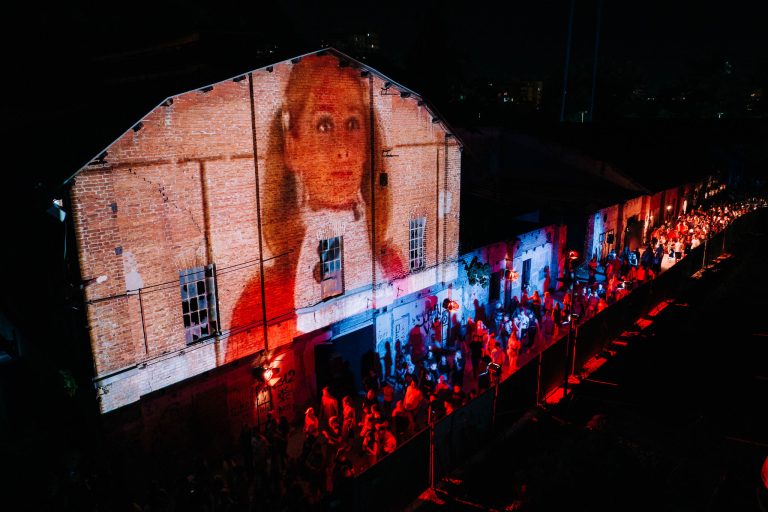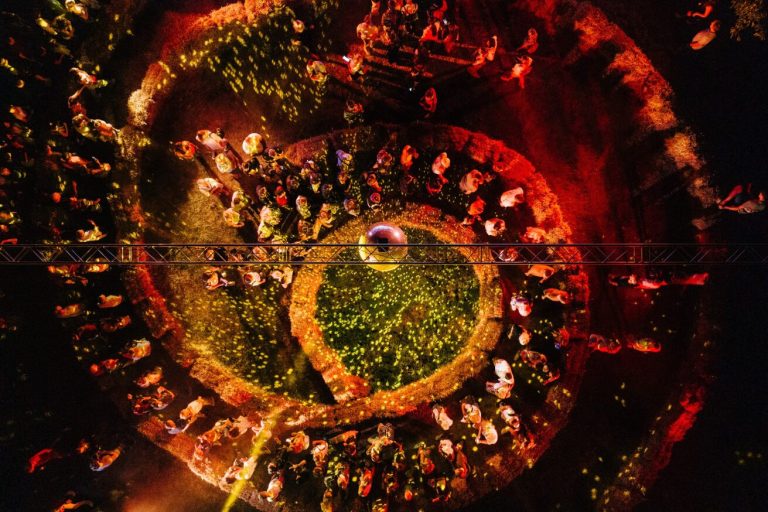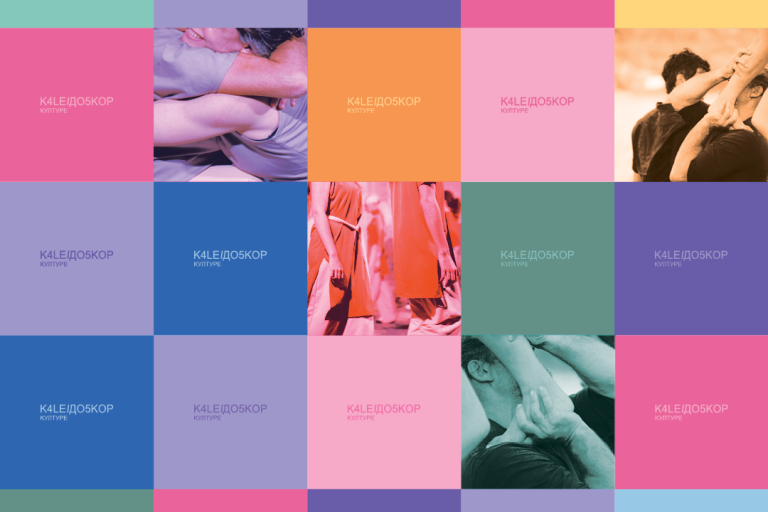Novi Sad has always been a crossroads, a place where different cultural identities meet. The multicultural profile of our city is a testimony to migrations being an integral part of the human condition, and it is precisely the Migrations programme arch that reflects on human wanderings, permeations, and encounters through art. During February and March, we will have the opportunity to visit as many as 15 exhibitions covering this topic, which will bring together both well-known artists and up-and-comers of the European art scene through classical art, photography, and contemporary art.
One of them is the Gallery of Matica Srpska exhibition Art of Migrations – Migration in Art, which provides a comprehensive artistic insight into this complex topic of European civilization. It will be open until the end of April, and we wholeheartedly recommend visiting it, because it presents different artistic visions on the theme through the works of old masters, contemporary European authors, and the greatest names of Serbian realism, who migrated to Novi Sad for this unique exhibition in the European Capital of Culture. The interview with the authors of this exhibition can be found on our website.
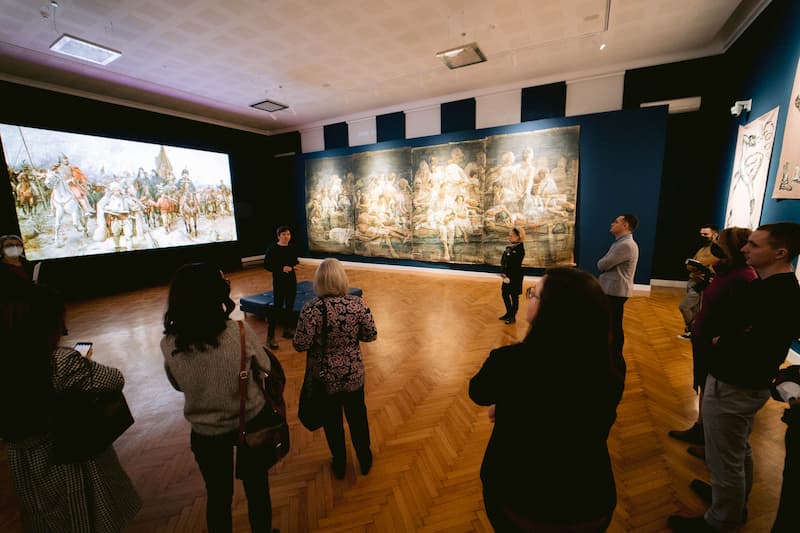
The Works of El Greco, Marc Chagall, and Vigée Le Brun on Migrations
As part of the Migrations, we will see masterpieces by some of
the world’s most important artists: the master of mannerism, El Greco (Our Lady of Consolation, Apostle St. James),
Marc Chagall, whose work The Farmer and the Cow, currently on display in
the gallery, represents one of his earlier memories put to canvas, as well as
the most famous French paintress of the 18th century who became a
friend of the Queen at a very young age, Vigée Le Brun (Portrait of Countess
Stroganova, Portrait of Elisabeth Maria
Filipina Mniszech). Through their works, we will be able to
re-examine the feeling of (non)belonging over five centuries: how much did El
Greco, the great traveller of the Mediterranean, yearn for success to travel
over 5,000 kilometres in the 16th century? What strength and courage
did Vigée Le Brun possess to leave Paris with her daughter and spend 11 years
in exile? How determined was Chagall when he managed to lift himself up from
extreme poverty to the artistic capital of the modern world?
Contemporary European Art on Population Movement
In addition to classic masterpieces, you will also contemplate migration
through a selection of contemporary European art pieces.
The contemporary context of migration will raise many questions – how
much room is there for misinterpretations of media content on migration? What
is the relationship between art and politics? How to avoid exploiting this
theme for artistic purposes? These and other current questions are answered by
the works of contemporary European artists Mladen Miljanović, Vladan Jeremić, Rena Rädle, Safet Zec, and Taus Makhacheva.
The Artistic Experience of Migration in Serbian Art
The multi-layered exhibition Art of Migrations – Migration in
Art will reflect on the phenomenon of movement through symbolic and
historical notions of Serbian realism.
Experience the monumental historical composition of Paja Jovanović, Migration
of the Serbs, which is a part of this exhibition, and a national
treasure. Find out all about the fate of the painting, which was originally
commissioned by the Metropolitanate and Serbian Patriarch Georgije Branković in
1895, to show this important event in Serbian history at an exhibition in
Budapest. This was one of several attempts to create the visual identity of
the Serbian people within the Habsburg monarchy. It will be accompanied by an
animation of the protagonists through new artistic media that will deepen the
meaning of this important work. The animation is the work of Blaž Popović.
In addition, the exhibition will be completed by the work of another
important Serbian realism painter and guardian of history, Uroš Predić – Saint
Nicholas Rescuing the Shipwrecked, who will, on a more symbolic level,
offer different angles of observation on the topic of migration.
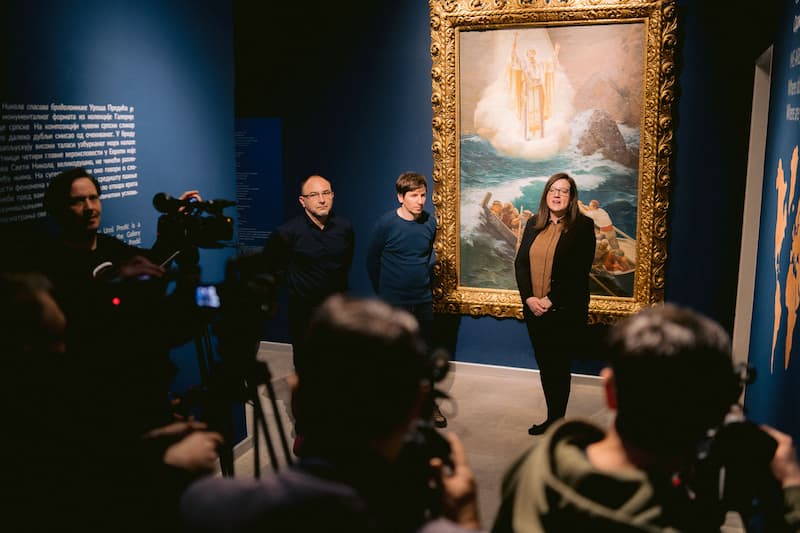
Therefore, you should definitely visit the exhibition in the Gallery of
Matica Srpska and experience artistic reflection on the movements through
masterpieces of world art history, the peaks of Serbian realism, and the works
of contemporary European artists.
Author: Petar Vučković
Foto: Vladimir Veličković

